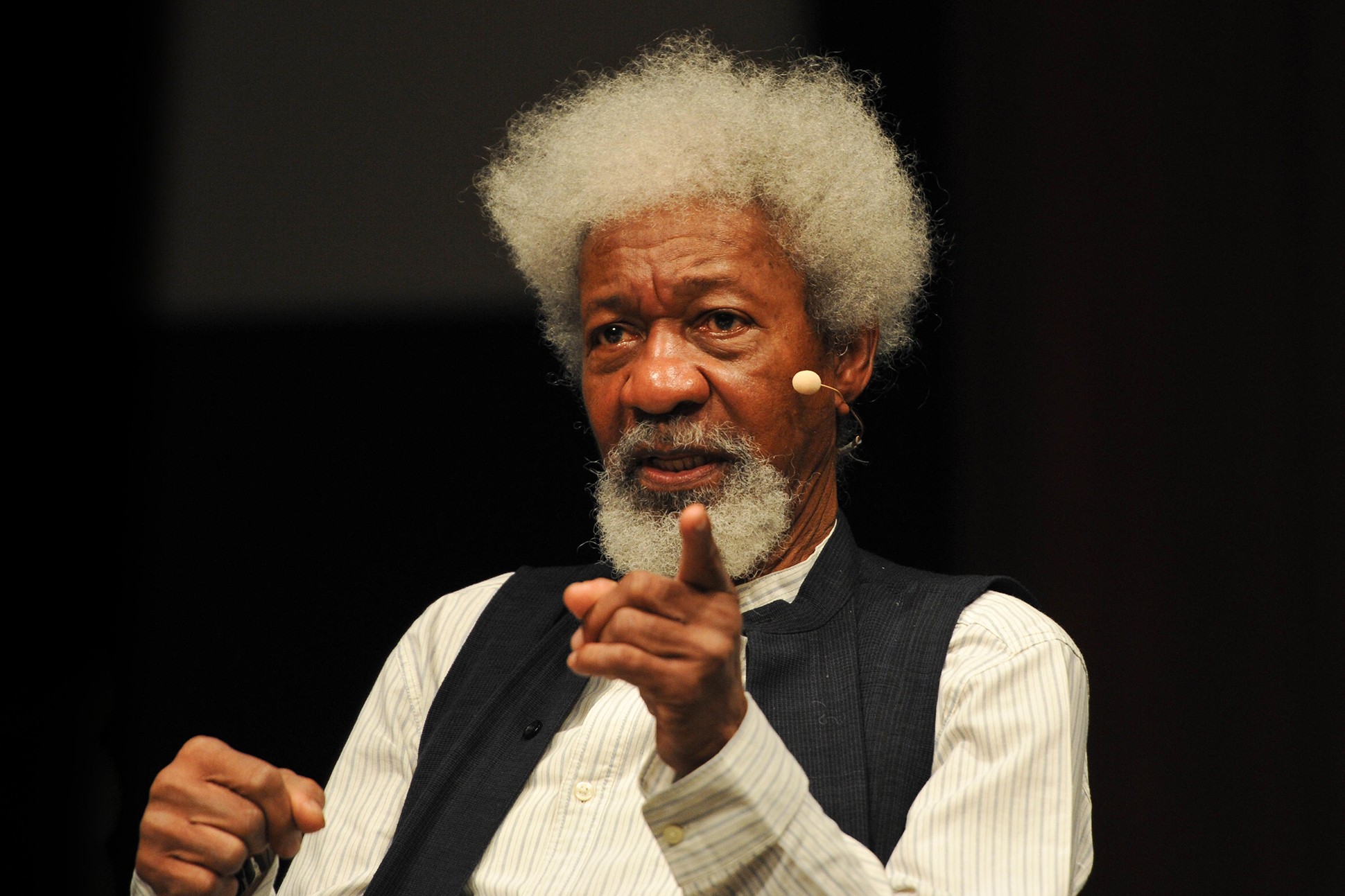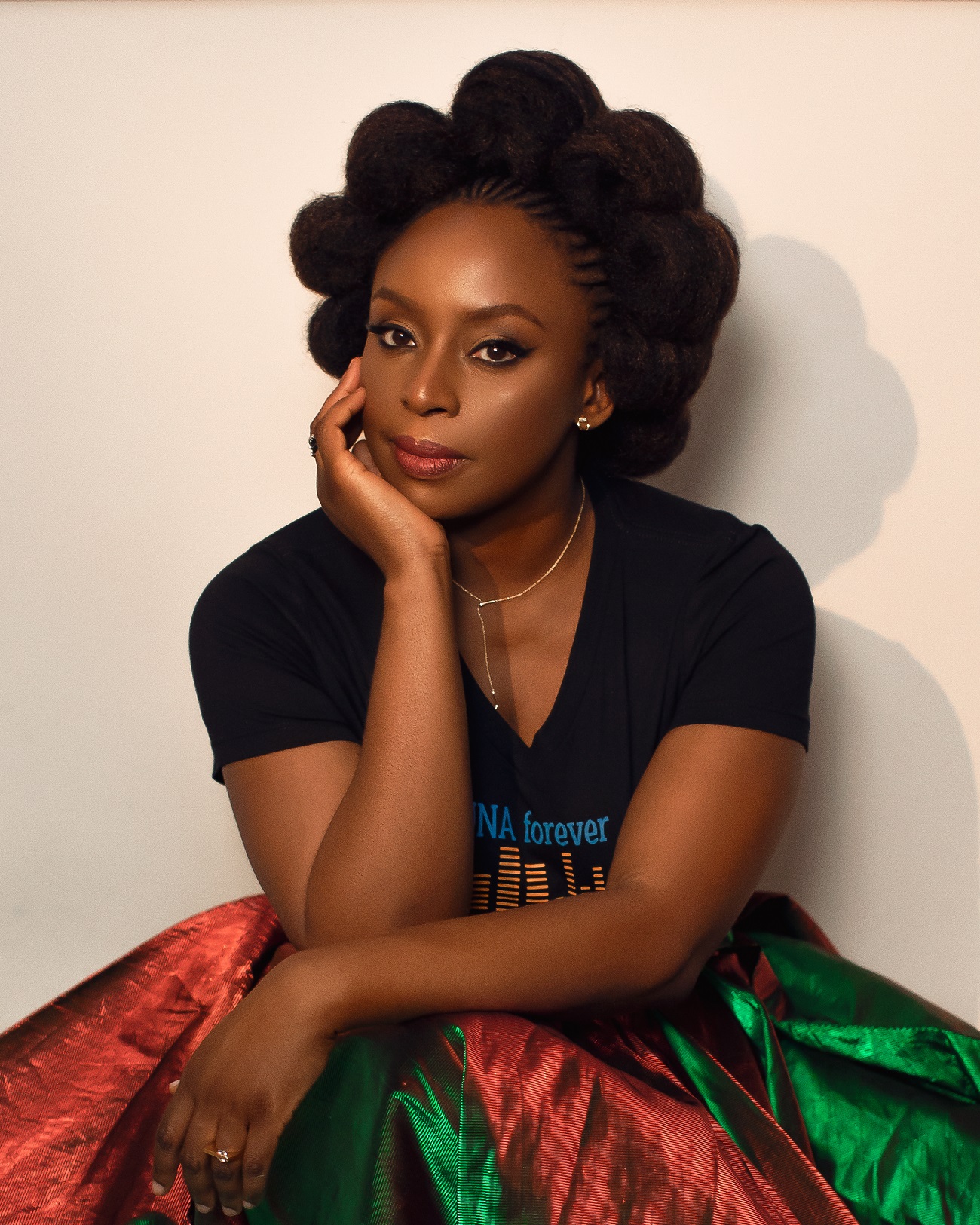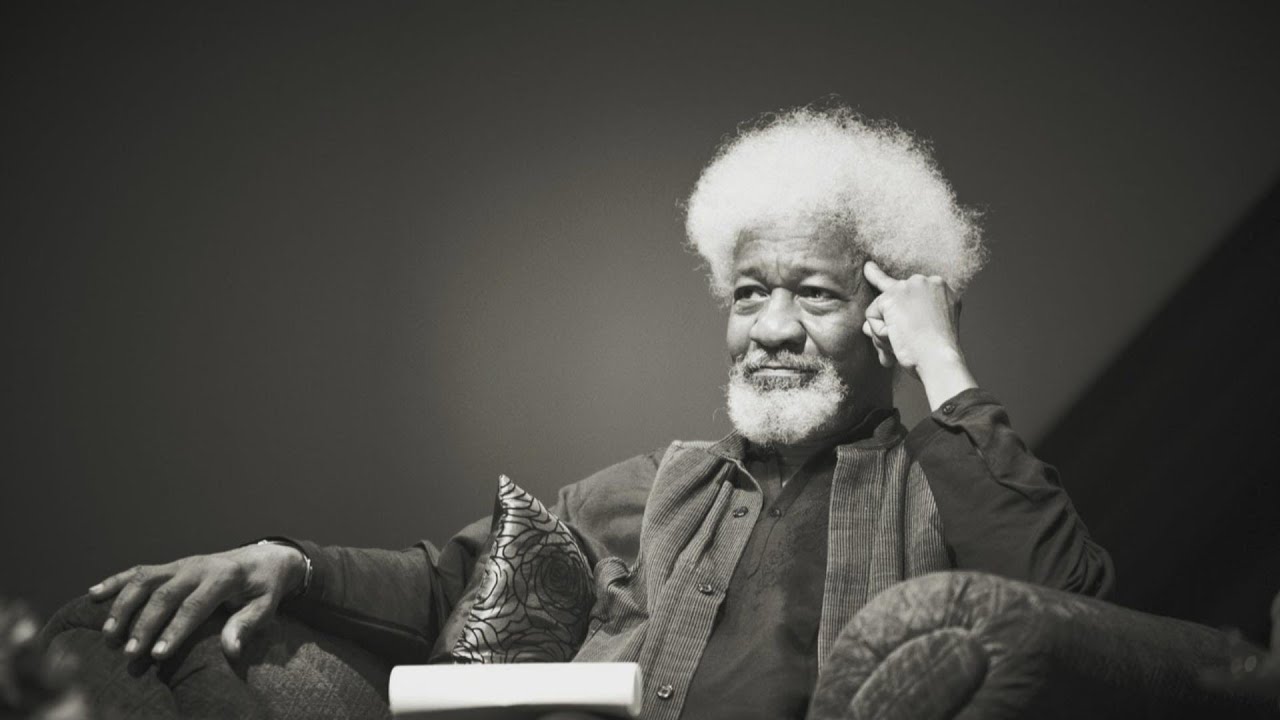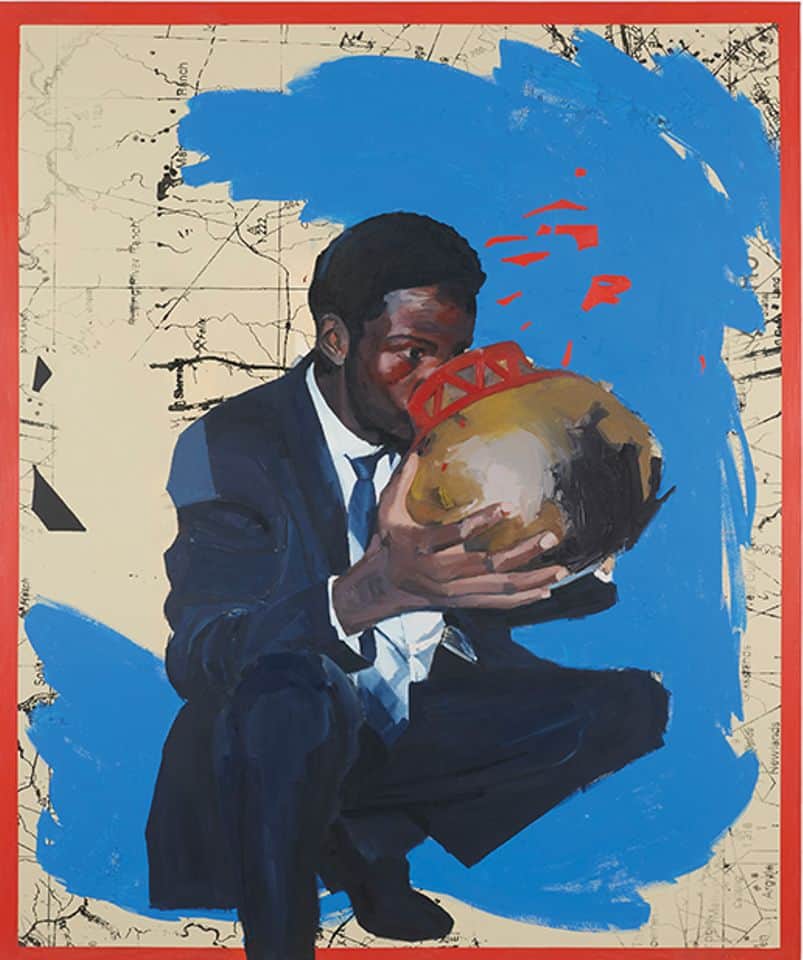The rich tapestry of African art and literature has captivated the world for centuries. With its diverse expressions and vibrant storytelling, the cultural heritage of Africa has left an indelible mark on the global artistic landscape. This journal aims to explore the fascinating intersection of African art and literature, delving into their historical context and thematic commonalities, and uncovering how their interplay has inspired creativity in various forms.
Africa’s artistic and literary traditions are steeped in ancient history, often reflecting the cultural values, beliefs, and experiences of its people. Throughout the centuries, these expressions have evolved and adapted to the changing social and political landscape, resulting in a dynamic interplay between visual and written art forms. By examining the complex relationship between African art and literature, we can gain a deeper understanding of the creative forces that have shaped, and continue to shape, the world.
Historical Context of African Art and Literature
Ancient African Artistic Expressions and Oral Traditions
Long before the advent of written literature, African societies relied on oral traditions to preserve their history, beliefs, and cultural practices. Griots, or storytellers, held a revered position in many African communities, entrusted with the responsibility of transmitting knowledge from one generation to the next. In parallel with oral traditions, ancient African civilizations, such as Egypt and Nubia, produced magnificent artistic expressions in the form of sculptures, paintings, and architectural masterpieces.
The Influence of Colonialism and Post-Colonialism on African Art and Literature
The colonial era marked a significant turning point for African art and literature, as European powers imposed their culture, language, and beliefs upon the continent. African artists and writers found themselves navigating a complex web of identity, tradition, and resistance, often using their creative works as a means of challenging colonial narratives and reclaiming their cultural heritage. The post-colonial period saw the emergence of influential African writers, such as Chinua Achebe and Wole Soyinka, who portrayed the struggles of African societies grappling with the lingering effects of colonialism.
The rich tapestry of African art and literature has captivated the world for centuries. With its diverse expressions and vibrant storytelling, the cultural heritage of Africa has left an indelible mark on the global artistic landscape. This essay aims to explore the fascinating intersection of African art and literature, delving into their historical context and thematic commonalities, and uncovering how their interplay has inspired creativity in various forms.
Africa’s artistic and literary traditions are steeped in ancient history, often reflecting the cultural values, beliefs, and experiences of its people. Throughout the centuries, these expressions have evolved and adapted to the changing social and political landscape, resulting in a dynamic interplay between visual and written art forms. By examining the complex relationship between African art and literature, we can gain a deeper understanding of the creative forces that have shaped, and continue to shape, the world.
Historical Context of African Art and Literature
Ancient African Artistic Expressions and Oral Traditions
Long before the advent of written literature, African societies relied on oral traditions to preserve their history, beliefs, and cultural practices. Griots, or storytellers, held a revered position in many African communities, entrusted with the responsibility of transmitting knowledge from one generation to the next. In parallel with oral traditions, ancient African civilizations, such as Egypt and Nubia, produced magnificent artistic expressions in the form of sculptures, paintings, and architectural masterpieces.
The Influence of Colonialism and Post-Colonialism on African Art and Literature
The colonial era marked a significant turning point for African art and literature, as European powers imposed their culture, language, and beliefs upon the continent. African artists and writers found themselves navigating a complex web of identity, tradition, and resistance, often using their creative works as a means of challenging colonial narratives and reclaiming their cultural heritage. The post-colonial period saw the emergence of influential African writers, such as Chinua Achebe and Wole Soyinka, who portrayed the struggles of African societies grappling with the lingering effects of colonialism.

There are numerous other remarkable African writers who have made significant contributions to the literary world, reflecting the continent’s rich and diverse cultural heritage. Here are a few more examples:
- Ngũgĩ wa Thiong’o (Kenya): A prolific writer, Ngũgĩ wa Thiong’o has authored novels, plays, essays, and short stories, often addressing themes of colonialism, cultural identity, and political struggle. His notable works include “A Grain of Wheat,” “Petals of Blood,” and “Wizard of the Crow.”
- Chimamanda Ngozi Adichie (Nigeria): Adichie is an internationally acclaimed author whose works focus on themes of race, gender, and identity. Her notable books include “Purple Hibiscus,” “Half of a Yellow Sun,” and “Americanah.”
- Mariama Bâ (Senegal): Bâ was a pioneering feminist writer whose works centered on the struggles of African women. Her influential novels “So Long a Letter” and “Scarlet Song” are celebrated for their powerful explorations of gender and cultural issues.
- Nuruddin Farah (Somalia): Farah is a celebrated author whose works often delve into the complexities of Somali culture and politics. His novels, including “From a Crooked Rib,” “Maps,” and “Crossbones,” showcase his unique narrative style and keen insights into the human condition.
- Tsitsi Dangarembga (Zimbabwe): Dangarembga is an accomplished writer, filmmaker, and playwright. Her groundbreaking novel “Nervous Conditions” is a seminal work in African literature, addressing themes of colonialism, race, and gender.
- Alain Mabanckou (Republic of Congo): Mabanckou is a prolific writer known for his satirical and humorous novels, which often explore themes of cultural identity and the African diaspora. His works include “Broken Glass,” “Black Bazaar,” and “Memoirs of a Porcupine.”
- Bessie Head (Botswana): Head was a South African-born writer who became one of Botswana’s most renowned authors. Her works, such as “When Rain Clouds Gather,” “Maru,” and “A Question of Power,” often dealt with themes of race, gender, and the search for personal identity.
These are just a few examples of the many talented African writers who have contributed to the rich tapestry of African literature. Their works offer diverse perspectives and insights into the lives, cultures, and histories of African people, further enriching our understanding of the continent’s artistic legacy.

The Emergence of Modern African Art and Literature
The latter half of the 20th century and the beginning of the 21st century witnessed a flourishing of contemporary African art and literature. This modern creative explosion has been characterized by a renewed interest in African cultural roots, a focus on social and political commentary, and the embrace of diverse artistic styles and techniques. Today, African artists and writers continue to make significant contributions to the global cultural landscape, pushing the boundaries of creative expression and celebrating the unique intersection of art and literature.
Themes and Elements Common to African Art and Literature
Cultural Identity and Heritage
One of the most pervasive themes found in African art and literature is the exploration of cultural identity and heritage. Through their creative works, African artists and writers seek to capture the essence of their cultural experiences, both celebrating and interrogating the values and beliefs that define their societies. This often involves addressing issues of cultural assimilation and appropriation, as well as challenging stereotypes and misconceptions about African culture.
Social and Political Commentary
African art and literature have long served as a platform for social and political commentary, providing a voice for marginalized and oppressed communities. From the critique of colonialism and its aftermath to the exploration of contemporary social issues, such as gender inequality and environmental degradation, African artists and writers play a crucial role in raising awareness and advocating for change.
Spirituality and Religion
The intricate relationship between spirituality and religion is another common theme in African art and literature. Traditional African beliefs and cosmology often serve as a source of inspiration, with artists and writers weaving these elements into their works to express their connection to the spiritual world. The influence of Christianity and Islam, introduced during the colonial era, is also evident in the artistic
The Emergence of Modern African Art and Literature
The latter half of the 20th century and the beginning of the 21st century witnessed a flourishing of contemporary African art and literature. This modern creative explosion has been characterized by a renewed interest in African cultural roots, a focus on social and political commentary, and the embrace of diverse artistic styles and techniques. Today, African artists and writers continue to make significant contributions to the global cultural landscape, pushing the boundaries of creative expression and celebrating the unique intersection of art and literature.
Themes and Elements Common to African Art and Literature
Cultural Identity and Heritage
One of the most pervasive themes found in African art and literature is the exploration of cultural identity and heritage. Through their creative works, African artists and writers seek to capture the essence of their cultural experiences, both celebrating and interrogating the values and beliefs that define their societies. This often involves addressing issues of cultural assimilation and appropriation, as well as challenging stereotypes and misconceptions about African culture.
Social and Political Commentary
African art and literature have long served as a platform for social and political commentary, providing a voice for marginalized and oppressed communities. From the critique of colonialism and its aftermath to the exploration of contemporary social issues, such as gender inequality and environmental degradation, African artists and writers play a crucial role in raising awareness and advocating for change.
Spirituality and Religion
The intricate relationship between spirituality and religion is another common theme in African art and literature. Traditional African beliefs and cosmology often serve as a source of inspiration, with artists and writers weaving these elements into their works to express their connection to the spiritual world. The influence of Christianity and Islam, introduced during the colonial era, is also evident in the artistic and literary expressions of Africa, as artists and writers navigate the complex interplay of traditional beliefs and foreign religious influences.
Examples of the Intersection of African Art and Literature Inspiring Creativity
African Artistic and Literary Movements
Negritude Movement
The Negritude movement, which emerged in the 1930s among Francophone African and Caribbean intellectuals, serves as a prime example of the intersection of African art and literature inspiring creativity. This movement sought to assert the value and importance of African cultural identity, rejecting colonial stereotypes and celebrating the unique artistic and literary contributions of the African diaspora. Writers such as Aimé Césaire, Léopold Sédar Senghor, and Léon Damas played a pivotal role in shaping the Negritude movement, using their works to express pride in their African heritage and to challenge the Eurocentric worldview.
Afrofuturism
Afrofuturism is another influential movement that demonstrates the creative interplay between African art and literature. Combining elements of science fiction, fantasy, and African history and culture, Afrofuturism reimagines the past, present, and future from an African-centered perspective. This movement has inspired a range of artistic expressions, from the literary works of Octavia Butler and Nnedi Okorafor to the visual art of Wangechi Mutu and the music of Sun Ra.
Collaborative Projects Between African Artists and Writers
Illustrated Novels and Graphic Novels
The collaboration between African artists and writers has given rise to a range of visually stunning and thought-provoking illustrated novels and graphic novels. Works such as “The Book of Memory” by Petina Gappah, with illustrations by Zimbabwean artist Tendai Rinos Mwanaka, and “Abina and the Important Men” by Trevor R. Getz and Liz Clarke, showcase the power of combining visual art with literary storytelling to bring African narratives to life.
Public Art Projects Inspired by Literary Works
Another example of the intersection of African art and literature inspiring creativity can be found in public art projects that draw upon literary works for inspiration. Murals, sculptures, and installations that celebrate the works of African writers, such as the Chinua Achebe mural in Lagos, Nigeria, or the “Walking Tall” public art project in Johannesburg, South Africa, based on the poetry of Keorapetse Kgositsile, serve as a testament to the lasting impact of African literature on the visual arts.
The Impact of African Art and Literature on Global Creative Expressions
Influence on Contemporary Artists and Writers
African art and literature have had a profound influence on contemporary artists and writers around the world. The themes, styles, and narratives found in African creative expressions have inspired countless creators, enriching the global artistic and literary landscape with their distinctive perspectives and voices.
Contributions to Global Artistic and Literary Movements
The intersection of African art and literature has also made significant contributions to global artistic and literary movements, such as surrealism, magical realism, and postmodernism. African artists and writers have brought their unique cultural perspectives to these movements, challenging conventional narratives and expanding the boundaries of creative expression.
In conclusion, the exploration of the intersection between African art and literature reveals a rich and dynamic interplay that has inspired creativity in countless forms. By examining the historical context, thematic commonalities, and collaborative projects that showcase this interplay, we can gain a deeper appreciation of the creative forces that have shaped, and continue to shape, the world of art and literature.
The exploration of the intersection between African art and literature reveals a rich and dynamic interplay that has inspired creativity in countless forms. By examining the historical context, thematic commonalities, and collaborative projects that showcase this interplay, we can gain a deeper appreciation of the creative forces that have shaped, and continue to shape, the world of art and literature.
As we celebrate the unique contributions of African artists and writers, such as Chinua Achebe, Wole Soyinka, Ngũgĩ wa Thiong’o, Chimamanda Ngozi Adichie, and many others, it is crucial to recognize the importance of the intersection of African art and literature, as it serves as a wellspring of inspiration and a testament to the resilience and creativity of African cultures.
Furthermore, the impact of African art and literature on global creative expressions cannot be overstated. From the contributions of African artists and writers to global artistic and literary movements to the inspiration they have provided for contemporary creators, the intersection of African art and literature has enriched the world with its distinctive perspectives and voices.
The interplay of African art and literature is a powerful source of inspiration that transcends geographical and cultural boundaries. By recognizing and celebrating this intersection, we can foster a deeper understanding of the creative forces that have shaped the human experience and ensure that the legacy of African art and literature continues to inspire generations to come.





 No products in the basket.
No products in the basket.